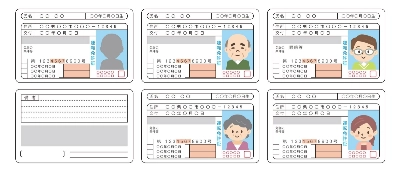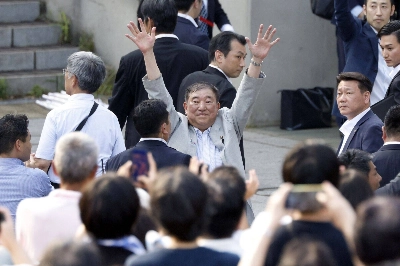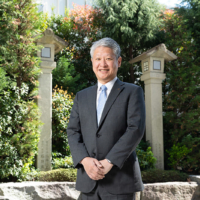For much of history, writers focused on “the greats” — always men, bar a few anomalous women — seen to shape their time.
The 20th century saw a profound shift in emphasis to social history, people’s history and latterly, the history of those pushed to the margins — women, people of color and the working class. At times this change felt like a dialectic struggle, a political choice rather than an academic one: to concentrate on the lords or the commons, the generals or the home front. In his second book on Japanese history, cultural historian Christopher Harding has found a way to synthesize both approaches.


















With your current subscription plan you can comment on stories. However, before writing your first comment, please create a display name in the Profile section of your subscriber account page.